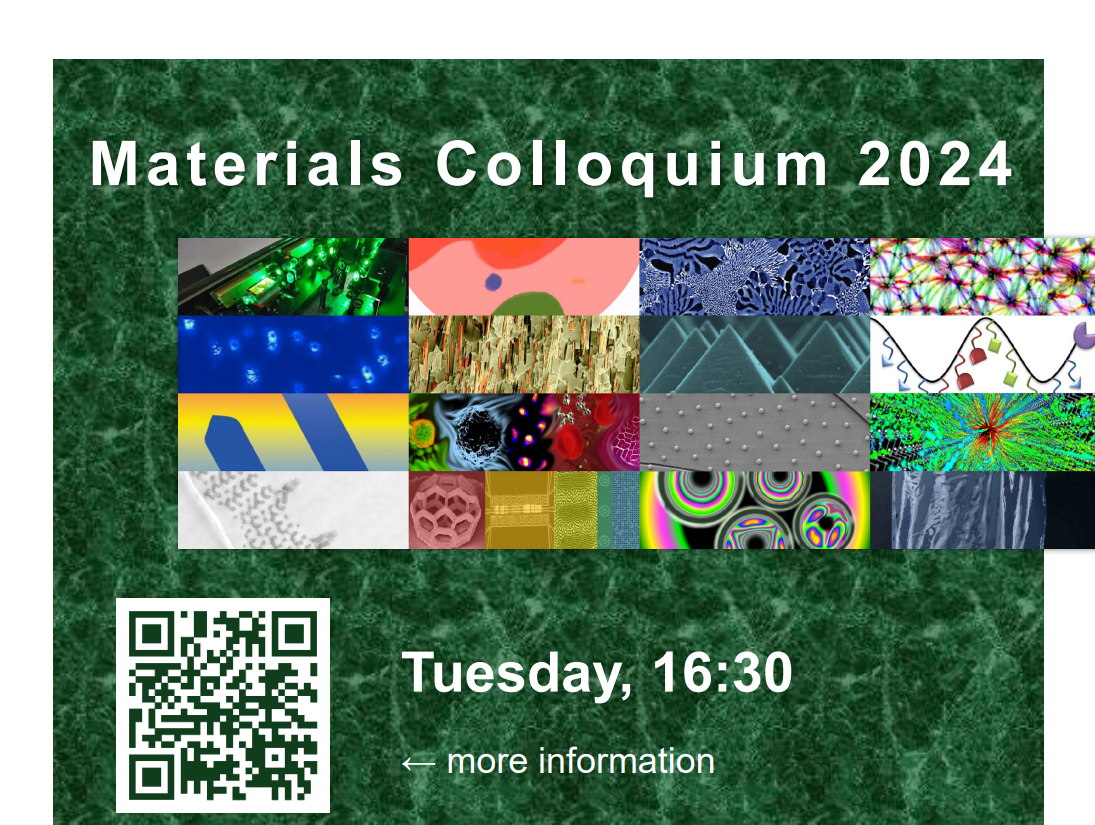In-person in HCI G4:
Machine Learning for the Inverse Design of (Meta-)Materials
Dennis M. Kochmann (Mechanics and Materials Lab – D-MAVT)
Multiscale material modeling has two primary goals: (i) understanding and predicant a material’s properties based on its small-scale architecture, and (ii) identifying those small-scale structural features that enable us to control and optimize a material’s properties and performance. Owing to the rise of additive manufacturing, metamaterials (or architected materials) have emerged as a special class of artificial materials with interesting or tunable properties, and as a new playground for computational modeling. While the forward problem (i) has produced many successful modeling techniques across scales, the inverse problem (ii) has remained a challenge: how do we design (meta-)materials with target properties? At the core of this challenge are the abundant design and property spaces, as well as the fact that the map from structure to properties cannot be inverted. Here, we will discuss how in recent years machine learning has offered new opportunities for the inverse design of (meta-)materials through generative models that predict metamaterial architectures with extreme, peculiar, or as-designed mechanical properties
Harnessing Size Effects: Where Nanostructures Meet Additive Manufacturing
Rebecca Gallivan (Laboratory for Nanometallurgy – D-MATL)
Nanostructured materials promise to unlock new functionality that can address modern challenges in electronics, health, and infrastructure. However, to fully hardness the power of size-based effects, we need to develop new methods for designing microstructurally complex and heterogeneous nanostructures. Furthermore, deep fundamental understanding of designed nanoscale materials is critical for bringing these tools to the materials engineers of tomorrow. Using novel nanoscale additive manufacturing and nanomechanical techniques, we will explore new pathways for nanoscale materials design and investigate the emergingmaterials behaviors that arise at the intersection of geometric and microstructural size-effects. Insights will focus on beginning to untangle the intricate roles of processing and microstructure in advancing nanoscale materials performance.
